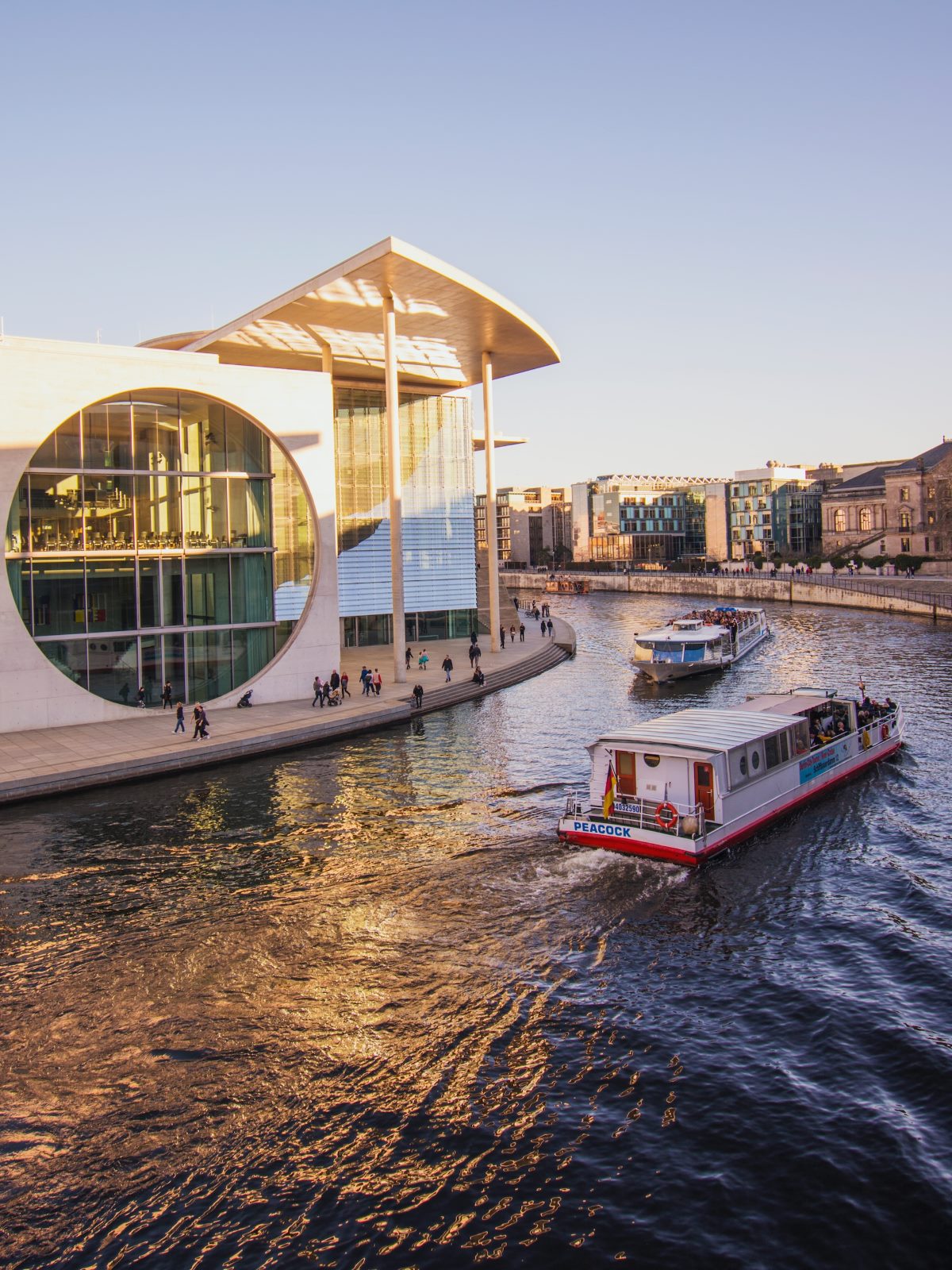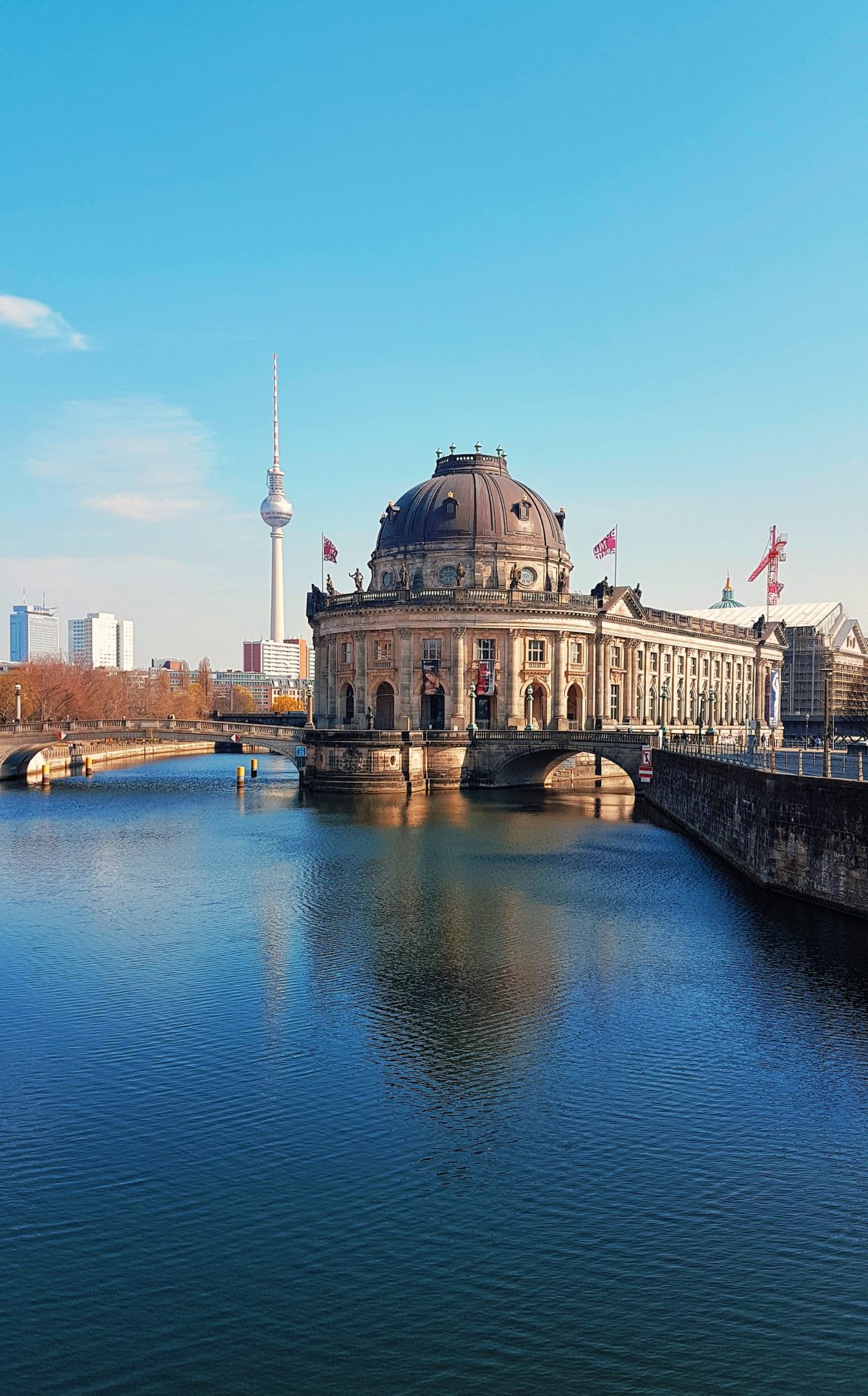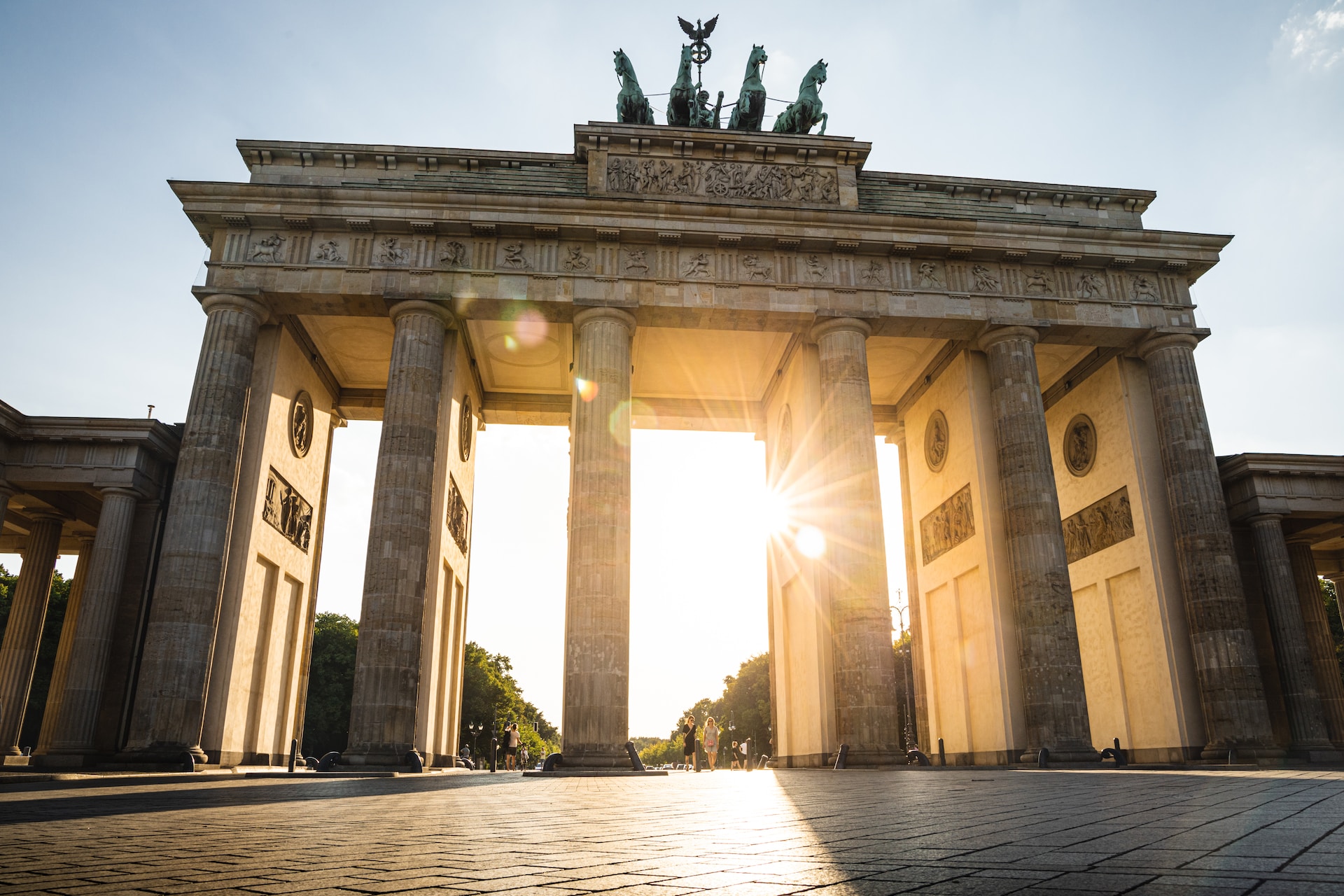The Soviet Union built the Berlin Wall during its existence from 1961 to 1989 which represented both physical East-West Berlin separation and the ideological split between Soviet bloc and Western powers. Soviet perspective of the Berlin Wall creates deeper understanding about the original reasons for its construction and its influence on Cold War political events. During which period did the Soviet Union view the Berlin Wall?
The Berlin Wall as a Security Measure
The Soviet administration built the Berlin Wall primarily to protect national security. Contact between East and West Berlin disappeared during World War II because both sides gained control over separate sectors of Berlin after the war. Tensions between West and East resulted in an exodus of people from the East German side which depleted both human resources and economic stability for their government who received heavy financial support from the Soviet Union.
Security of the East German border along with stopping additional population migration to Western territories became essential to the Soviet leadership. The Soviets established the Berlin Wall because they wanted better control of East Berlin as they tried to stop people from leaving for capitalist Western territories.
The Berlin Wall as an Ideological Statement
Security needs were not the only purpose of the Berlin Wall because the Soviets used it to make visible their political philosophy as well. The division that the wall enforced became the key manifestation of the opposing world order between Soviet-aligned communist countries and western capitalist nations. The wall represented both the extensiveness of the USSR-USA Cold War tension and the concept of Iron Curtain that divided East and West across Europe.
The Soviet authorities used their propaganda to show East Germany as an economically thriving socialist state compared to what they claimed were capitalist West territories accompanied by social problems. The Berlin Wall symbolized both Soviet belief that communist government ruled better than Western ideologies and the Soviet aim to block Western influence from reaching East Berlin.
Propaganda and Perception Control
Through the Berlin Wall Soviet authorities condemned their control measures to shape the publicinterpretation about their socialist system. The Eastern bloc considered the wall an essential protection measure preventing East German populace from Western capitalist and imperialist threats. East German state-controlled media outlets presented West’s lifestyle as characterized by profound poverty with extreme inequality coupled with rampant criminality but Eastern society appeared prosperous with proper justice.
The situation proved to be completely different from Soviet propaganda claims. The West German authority provided some social welfare benefits to its citizens yet its heavy-handed governance along with restricted individual freedoms substantially outweighed these advantages. The Soviet leaders knew about the inadequate conditions in the Eastern bloc yet continued to promote an idealized picture of Eastern living through the Berlin Wall as both a protection structure and a means of indoctrination.
The Berlin Wall’s Legacy
The ending of the Berlin Wall in 1989 became an important historical transformation point. This symbol of Soviet rule eliminated Soviet control across Eastern Europe to open a pathway toward German reunification. Soon after the Berlin Wall fell the Soviet Union started its downfall process which eventually ended in the Soviet Union’s complete collapse during 1991.
Today the Berlin Wall exists to show the painful experiences that residents endured when they lived within separated territories. The concrete barrier stands as an enduring symbol of governmental extremism toward protecting their belief system and the fighting spirit of individuals who pursue independence while seeking unity.
In Conclusion
The Soviets believed the Berlin Wall required construction to secure their borders and demonstrate their opposition to capitalist West countries. Through this instrument the Soviet Union showed itself as the safeguard that protected East German socialist achievements and East German territory. Since the Soviet propaganda operated to masterfully shape public perceptions about superior East Bloc conditions.
History marked the fall of the Berlin Wall as a monumental event which indicated Soviet power breakdown and the finish of Cold War era. This monument demonstrates how humans seek independence and shows the constraints of governmental splitting methods.
Table of Contents




